This website uses cookies so that we can provide you with the best user experience possible. Cookie information is stored in your browser and performs functions such as recognising you when you return to our website and helping our team to understand which sections of the website you find most interesting and useful.
Clean transport creates a people-friendly city – study visit to Oslo
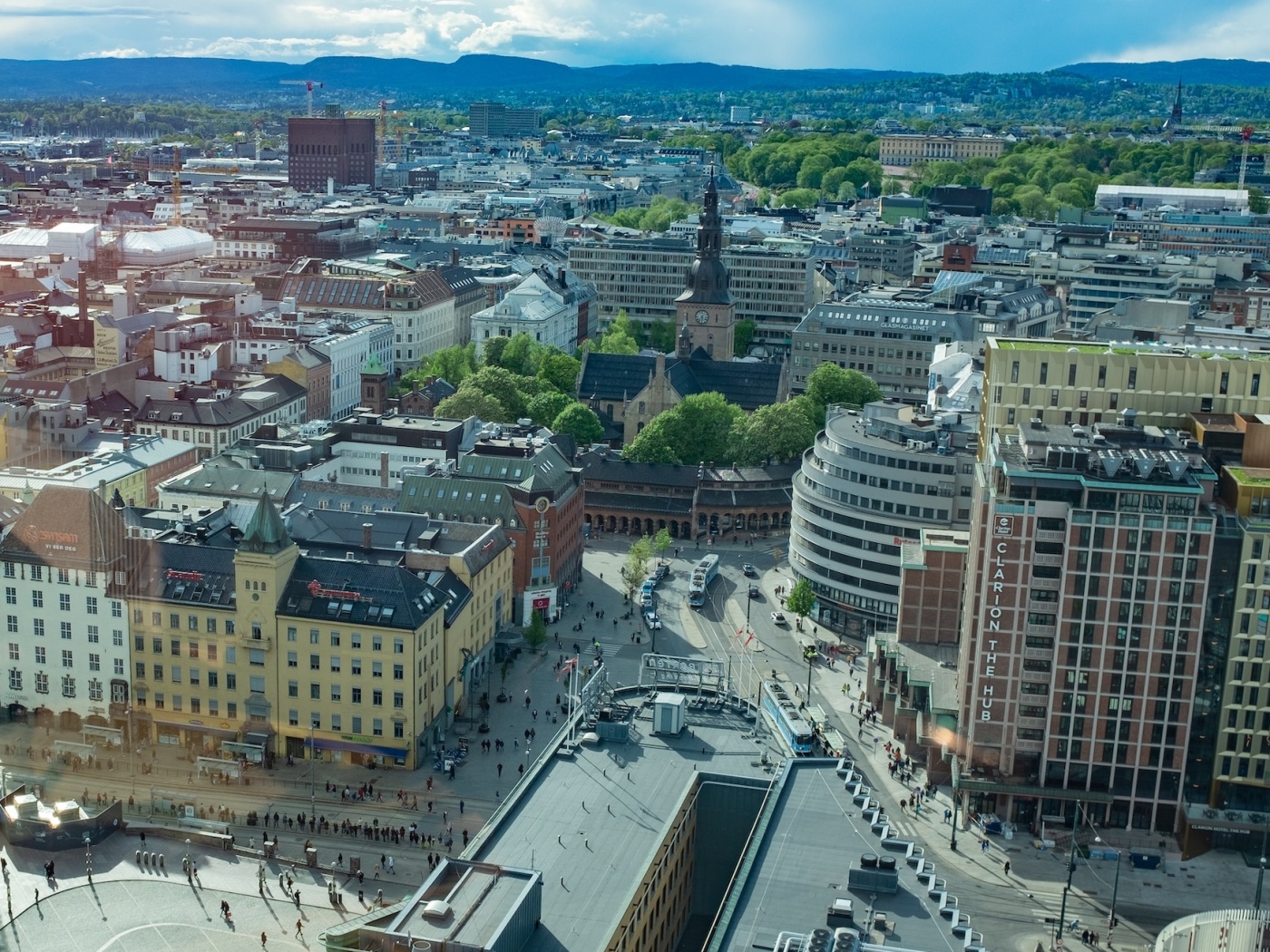
The most effective solutions, the most important experiences from everyday practice and the resulting tips, as well as inspirations for clean urban transport and the creation of Low Emission Zones – these are the main benefits gained by Polish local government officials from the study visit to Oslo organized as part of the “Laboratory of Low Emission Zones” project. The agenda included i.a. meetings with the mayor of the Norwegian capital Marianne Borgen and the director of the Oslo Climate Agency Heidi Sørensen.
New knowledge and experience were gathered in Oslo by local government officials from nearly a dozen cities of various sizes from all over Poland – including Białystok, Gdynia, Gorzów Wielkopolski, Poznań, Sopot, Toruń and the Upper Silesian and Zagłębie Metropolis.
The capital of Norway has been focusing on clean transport for years, so it has a wealth of knowledge and experience. Located on the bay, Oslo electrifies all types of public transport, not only buses – it recently ordered 183 electric vehicles produced in Poland by Solaris – but ferries as well. The city authorities are pursuing a policy of moving car parks underground, with the provision that the costs of parking there are high enough to encourage the use of alternative forms of transport. These car parks are also equipped with infrastructure for charging electric cars. Easy access to chargers is one of the main goals of the Oslo authorities. Examples of this approach include e.g. a logistics center for courier companies and the post office – both for business and public services – the so-called Oslo City Hub, as well as a rental and charging station for electric boats and a fast charger for electric passenger ferries.

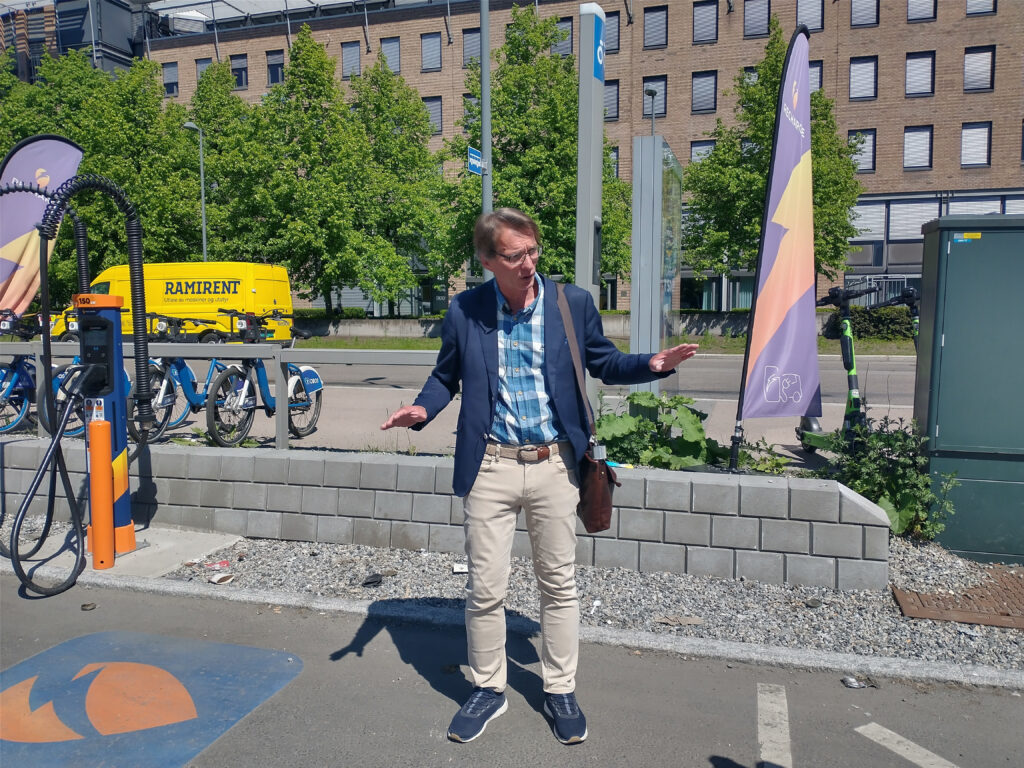
– Developing clean transport is not about persuading residents to make sacrifices, but rather about showing what they get in return: clean air and a people-friendly city – said the mayor of Oslo, Marianne Borgen, during an exclusive meeting with the participants of the visit. – The ban on smoking in public spaces was also a cause for concern, but restaurants and cafes did not go bankrupt. Today, hardly anyone would like to go back to what was once seen as obvious – she compared. In her opinion, the most important thing is to talk honestly and clearly about the benefits of unpopular (at least initially) solutions. – Bold action and visible results are the best arguments – she emphasized.

Oslo, as well as many other cities in Norway, has a paid entry zone for automobiles, a so-called toll ring, and electric vehicles are subject to a significant fee reduction. This is one of the most important tools of promoting electromobility and clean transport in the country. – Environmental and health considerations were not the only reasons why we established a toll ring in Oslo. We also wanted to raise funds for the development of transport infrastructure. However, it is this infrastructure – for electromobility, for zero-emission public transport and for bicycles – that makes the city more friendly for residents and better for their health, and at the same time benefits the environment – emphasized the director of the Oslo Climate Agency Heidi Sørensen.
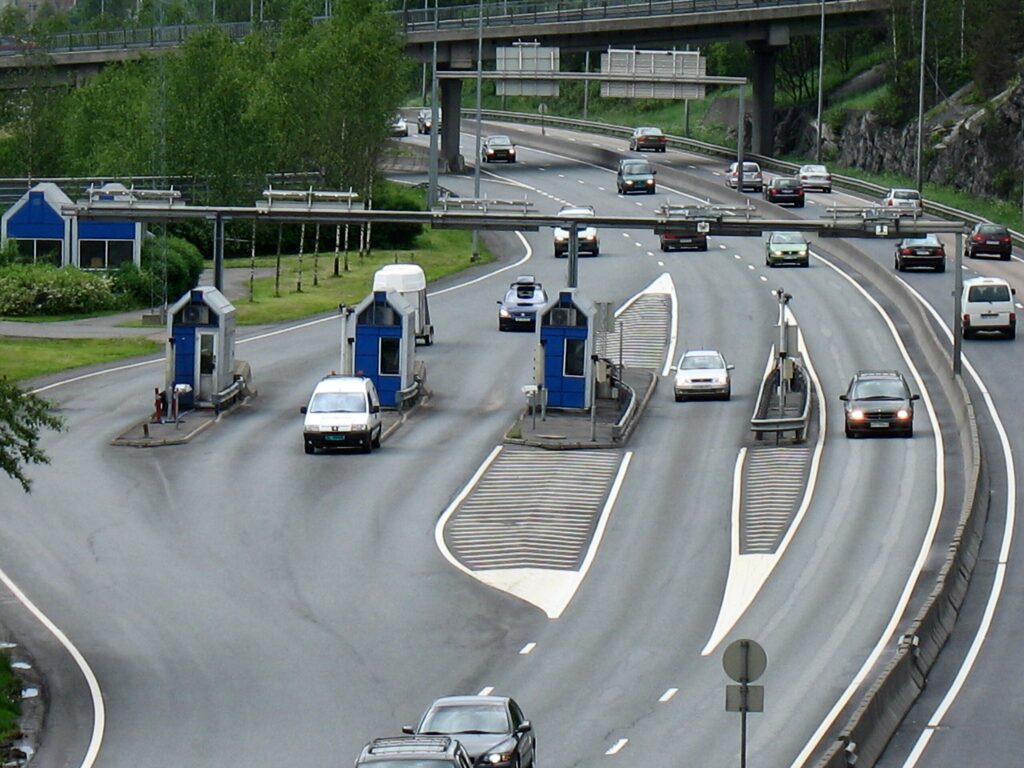
(photo: Kjetil Ree on Wikimedia Commons)

(photo: Tourister on YouTube)
In turn, the Mayor of Oslo stressed the importance of constantly monitoring air quality for efforts to reduce emissions. The capital of Norway has adopted a target of reducing greenhouse gases by 95 percent by 2030 (compared to 2009 emissions). Three times a year, local government officials in the city receive information on the rate of emission reduction in individual sectors, including transport, construction, and energy. – We count emissions just like we count money and we check on an ongoing basis whether we meet the adopted reduction targets – said Marianne Borgen. – In the development of clean transport, ambitious and long-term goals are needed, but they have to be close enough for those who adopt them to feel and be responsible for their implementation. The mayor of Oslo also drew attention to an important tool for popularizing clean transport, namely… public procurement. – When green solutions are promoted in municipal tender procedures, the private sector clearly sees that running business in a manner friendly for the environment, as well as for people’s comfort and health, is the key to further growth – she explained.
Norway owes the fast pace of introducing electromobility to i.a. a decisive and coherent policy of the entire state – e.g. economic incentives, examples of which are tax reliefs for the purchase of electric cars and discounts for the use of urban paid entry zones. As a result, many drivers in Norway switched from combustion cars to a zero-emission ones – it simply paid off.

The visit was concluded with a workshop devoted to inspirations for the development of clean transport, which Polish local governments could use. It was led by Markus Nilsen Rotevatn, an expert from the Norwegian Association of Electric Vehicles (Elbil), partner of the “Laboratory of Low Emission Zones” project and host of the study visit. Polish guests pointed out the comprehensive and planned nature of the solutions used in Oslo. These solutions show i.a. that a Low Emission Zone is just one of many tools available for reducing emissions and creating a resident-friendly city. Therefore, it can bring the desired effect only if its operation is integrated with the transport and communication policy of the city.
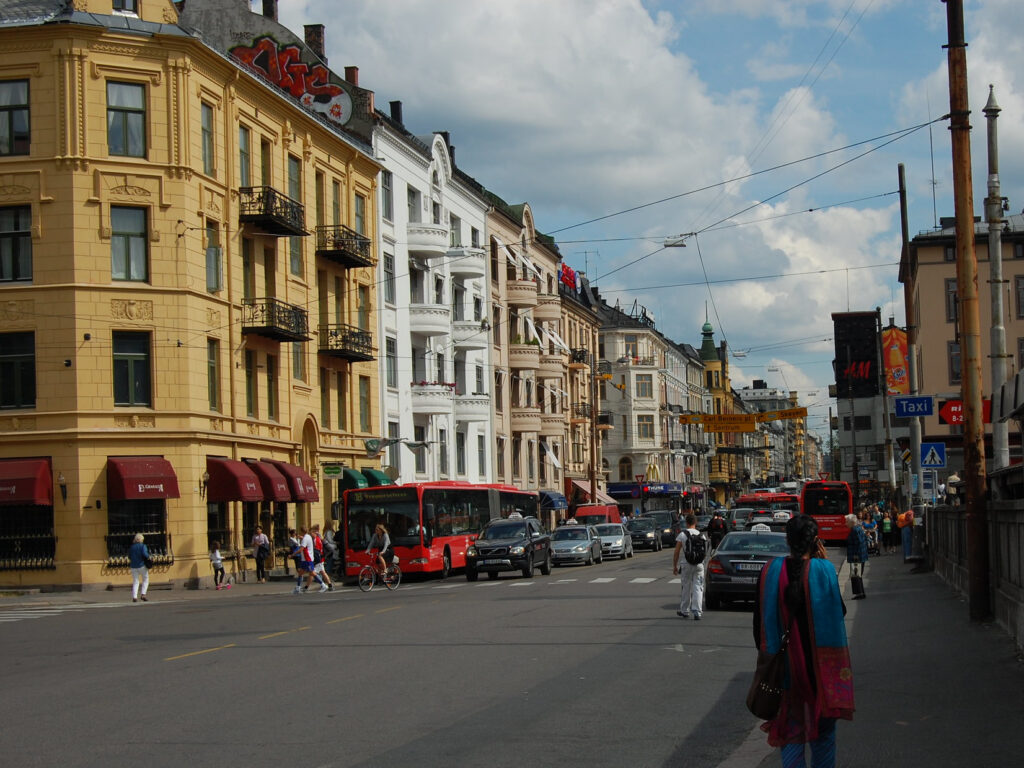
(photo: Ellen McDonald on Flickr)
Polish local government officials also noted the positive impact of the paid entry zone on the comfort of using public spaces, for example in reducing crowds and noise. The fact that, despite the high popularity of electric cars in Norway, in the center of Oslo pedestrians and cyclists do not feel overwhelmed by the infrastructure created for car drivers, has also met with interest. Moreover, it was emphasized that long-term planning of introducing Low Emission Zones does not have to mean that all decisions have to be made at the very beginning. It is advisable to act in small steps and leave yourself a margin of flexibility to be able to react to changing conditions. At the same time, setting well-defined, measurable goals is key.
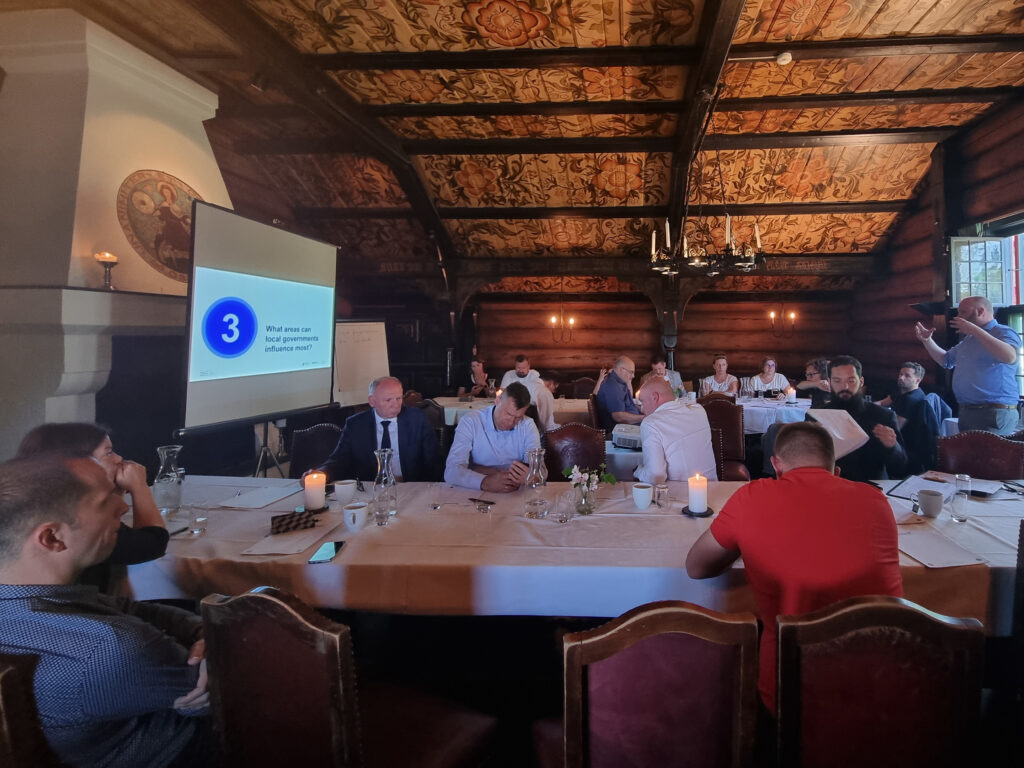
The study visit and workshop showed that the effective functioning and social acceptance for clean transport requires clear communication of its benefits. Clean transport is a way to improve air quality and make urban spaces more people-friendly. – The Norwegian clean transport policy is based on the premise that emissions should be discouraged before they happen, not penalized after the fact, when damage to the environment and health cannot be undone – concluded Elbil expert Erik Lorentzen.
(cover photo: Gunnar Ridderstrom on Unsplash, other photos – unless otherwise indicated – own materials)
Norwegian lessons in electromobility – key conclusions on Low Emission Zones from the study visit to Oslo:
• The advantages of clean transport should be pointed out, the emphasis should be placed on benefits, not sacrifices, in a transparent and honest way;
• Air quality improvement goals should be defined as long-term, but close enough for their creators to feel responsible not only for setting them, but also for their implementation;
• Emission reductions should be encouraged before they reach a level so high that they have to be penalized;
• Low Emission Zones are just one of the many tools available to improve the air quality in cities – the first step should be to verify whether a LEZ is the best way to solve problems;
• Air quality should be improved systemically, rather than by undertaking isolated efforts – the introduction of a Low Emission Zone alone will probably not be enough;
• When introducing a LEZ, it should be remembered that the situation will change, so it is necessary to have a tool to monitor it and adjust detailed solutions to the given conditions on an ongoing basis;
• Measurable, long-term goals should be set – work towards them should proceed in small steps.
